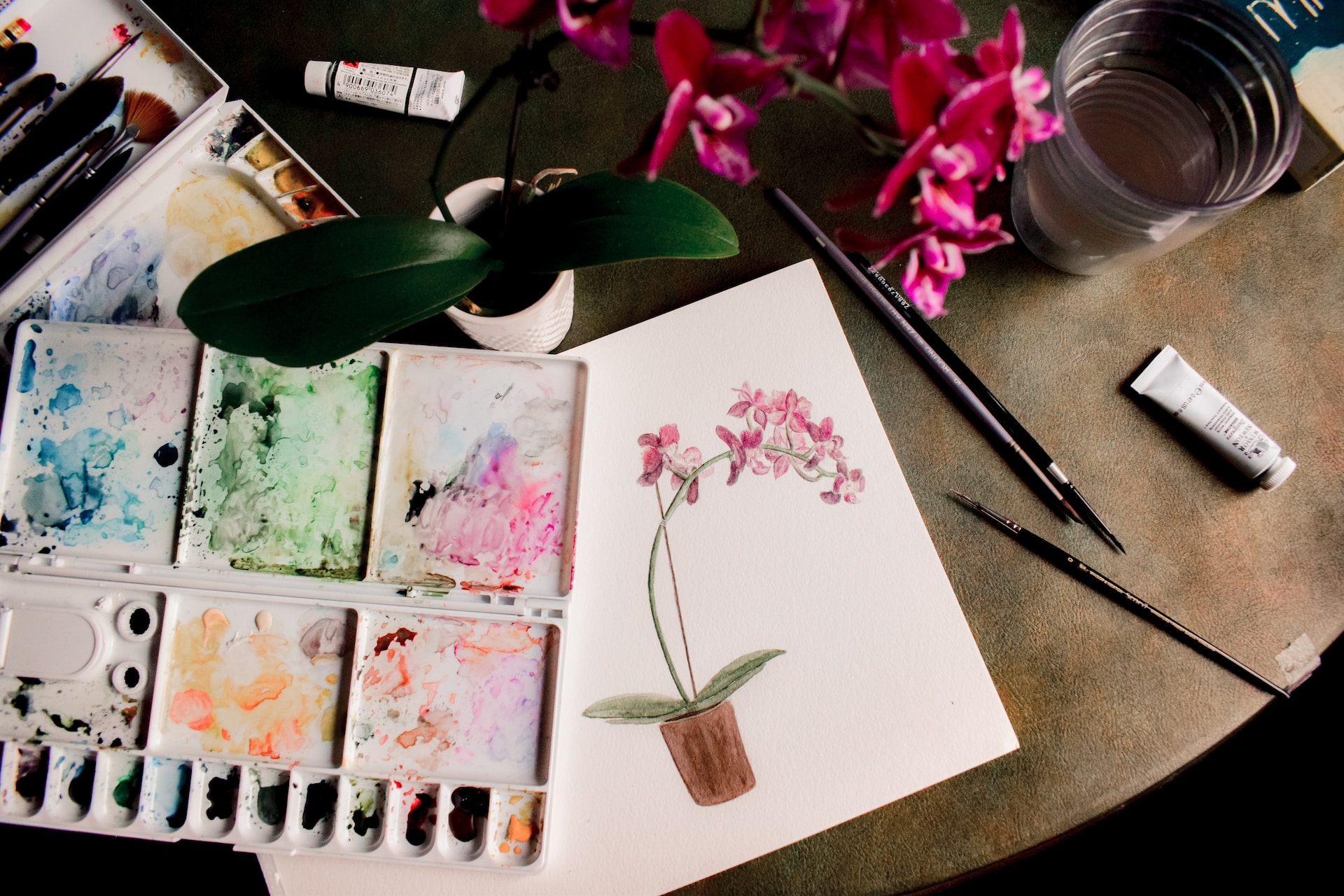Lifestyle
Retirement Hobbies: Exploring Your Passions

Retirement is a time of liberation, a period in life when you finally have the freedom to pursue your passions. It’s a golden opportunity to engage in activities that not only stimulate your mind and body but also bring joy and fulfillment.
Exercise
Let’s start with the physical aspect. Exercise is vital for maintaining good health, especially as we age. But who said it has to be a chore? Why not turn it into a hobby? Think about activities you’ve always wanted to try. Perhaps it’s golf, swimming, or even ballroom dancing. These activities are not only fun but also provide excellent cardio workouts.
On the other hand, yoga and Tai Chi are excellent choices for enhancing flexibility and balance, two aspects that tend to decline as we age. These ancient practices also foster mental wellness by reducing stress and promoting a sense of inner peace.
Speaking of mental wellness, hobbies that challenge the mind are just as important as those that exercise the body. Retirement is the perfect time to learn a new language or musical instrument, both of which have been shown to improve cognitive function.
Arts
If you’re more artistically inclined, consider painting, pottery, or photography. These creative outlets provide a sense of accomplishment and can be incredibly therapeutic. Plus, you never know – you might just discover a hidden talent!
Nutrition is another key aspect of health and longevity, and cooking is a fantastic way to ensure you’re eating well. Exploring new recipes and cooking techniques can be a delightful hobby. It’s a chance to play with flavors, experiment with different cuisines, and create nutritious meals that fuel your body and satisfy your palate.
Gardening
Gardening is another hobby that combines physical activity with the joy of nurturing life. It’s a wonderful way to spend time outdoors and can even provide fresh, organic produce for your kitchen.
Volunteering
One of the most rewarding aspects of retirement is the opportunity to give back. Volunteering is a hobby that benefits both the giver and the receiver. Whether it’s mentoring a young person, helping out at a local food bank, or caring for animals at a shelter, there’s a volunteer opportunity to suit every passion.
Reading
Finally, let’s not forget the simple joy of reading. Whether you prefer novels, biographies, or non-fiction, reading is a hobby that can transport you to different worlds, broaden your horizons, and keep your mind sharp.
Remember, retirement is not an end, but a new beginning. It’s a time to explore your passions, learn new skills, and engage in activities that bring you joy. So, go ahead and embrace this exciting phase of life. After all, you’ve earned it.

Barbara Dunham
January 20, 2024 at 5:30 pm
Reading – my favorite.